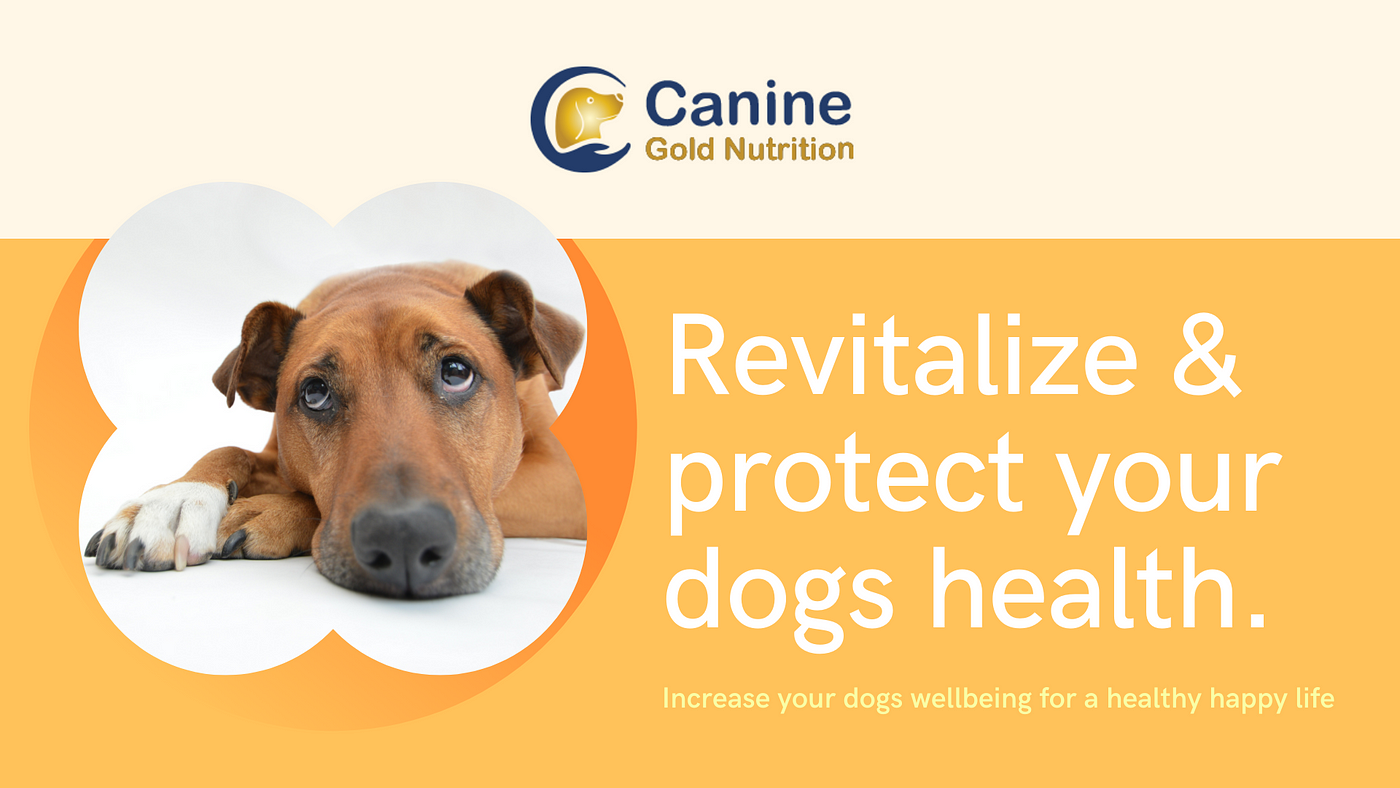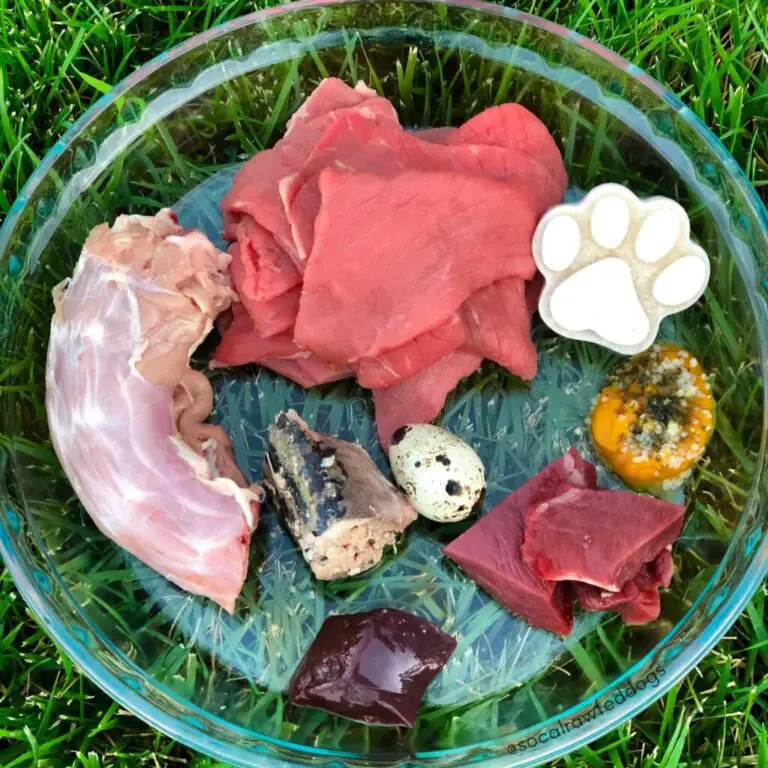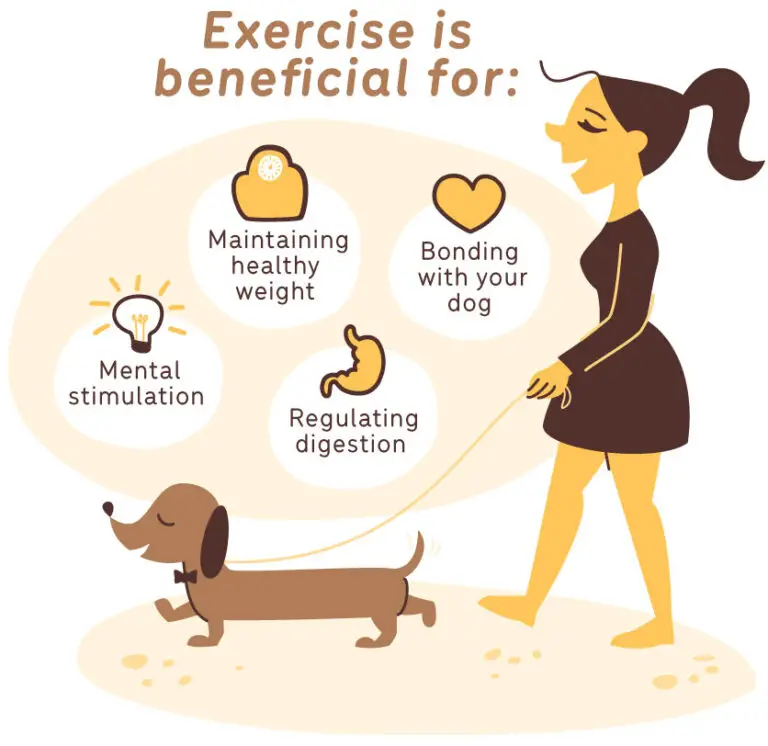What’s on Your Dog’s Plate: Unraveling the Canine Diet Mystery
What we feed our beloved pets is a puzzle as complex as it is critical. Just like humans, dogs need a balanced diet to thrive. But the question remains – what really constitutes a ‘balanced’ canine diet, and how can pet owners decode the numerous options available? From kibble brands lining the shelves to the homemade doggie bowl movement, navigating your dog’s nutrition is a collar tug of war between convenience and conscientious pet ownership.

Understanding Your Dog’s Nutritional Needs
The Dog Diet Deconstructed
Your furry friend’s nutritional needs seem simple – a bowl full of food that they gulp down in minutes. But within those bites lie a complex array of nutrients essential for energy, growth, and overall well-being. One of the key distinctions in dog nutrition is the need for a mix of macronutrients – proteins, fats, and carbohydrates – alongside a suite of micronutrients like vitamins and minerals. Deficiencies can lead to serious health issues, and an overload can be equally problematic.
Tailoring Nutrition to Your Pooch
Just as no two dogs are alike, their dietary needs differ based on varied factors such as age, breed, and activity levels. Puppies, for example, require more protein and calories to fuel their rapid growth, while senior dogs benefit from a diet geared towards easing common issues like joint problems or a slower metabolism. Don’t forget about the working dog that needs a high-protein diet to power through their duties, or the couch potato who might require a stricter meal plan to avoid pounds piling on.
Decoding Dog Food Labels
Unpacking the Jargon
A stroll down the pet food aisle can feel like wandering through a nutritional labyrinth, with labels emblazoned with phrases like ‘grain-free’, ‘all-natural’, and ‘organic’. These aren’t just buzzwords – they often come with regulatory definitions that can influence the quality and composition of what’s inside the bag. Understanding these labels is the first step in filtering through the noise to make informed choices about your pet’s diet.
The Ingredients That Matter
While the label might be the first thing to catch your eye, it’s what’s under the ingredient list that tells the story. Look for a specific protein source at the top – like ‘chicken’ or ‘beef’ – rather than ambiguous terms like ‘meat’. Healthy grains and vegetables offer fibrous goodness, and skip out on artificial colors, preservatives, and sweeteners that merely pad out the formula.
Homemade vs. Commercial Dog Food
From Oven to Bowl
With the rise of home cooking for dogs, many pet parents are turning to recipes they can whip up in their own kitchens. The appeal is clear – control over ingredients, a fresher product, and a special bond built through shared meals. But is brown rice and turkey with a side of sweet potato really the superior diet?
When to DIY and When to Delegate
Homemade doesn’t always mean healthier – it needs to be nutritionally balanced, safe, and appropriate for your dog’s needs. For some, commercial diets are more tuned to provide the necessary balance, not to mention the convenience. However, a diet custom tailored by you or with input from a veterinary nutritionist can be a great option for dogs with allergies or those needing to lose weight.
Special Dietary Considerations
Allergic Reactions and Canine Conditions
Just like humans, dogs can suffer from food allergies and sensitivities. This requires a keen eye on labels and the savvy to avoid problem ingredients. Beyond allergies, some dogs have specific health conditions or dietary requirements that necessitate unique food protocols – it’s the diet industry’s equivalent of haute cuisine for hounds.
The Prescription Diet Spectrum
In some cases, a veterinarian might recommend a prescription diet to manage a health issue. These are specialized formulas designed to be the therapeutic equivalent of medication and can come with a heftier price tag. However, they can be the precise ointment in dog food form, addressing ailments from kidney disease to obesity with tailored nutrition.
Making the Transition to a New Diet
Slow and Steady Wins the Food Race
Changing a dog’s diet too quickly can wreak havoc on their digestive system, leading to stomach upsets and discouraging the switch. Gradually incorporating a new food over the course of about a week gives the gut enough time to adapt and avoid the runs that no one – human or canine – enjoys.
Monitoring and Adapting
Once the new diet is in full swing, observance is key. Every dog will react differently, and it’s important to watch for any adverse changes in their health or behavior that might be linked to their new menu. If something doesn’t sit right, consider adjustments under the guidance of a veterinarian or nutrition specialist.
The Future of Canine Nutrition
The Trending Tastes of Tomorrow
Just as with human food, the waves of dog nutrition trends are a reflection of our evolving values and knowledge. The push for natural and organic options continues, as does the exploration of alternative protein sources and the promise of personalized nutrition through technology.
The Tech-Savvy Doggie Bowl
With the advent of apps and devices designed to track and analyze a dog’s dietary and activity data, the future of feeding Fido may be more customized than we ever thought possible. These tools can fine-tune diets to individual dogs, factoring in their unique needs and even suggesting adjustments in real-time.
Conclusion
A dog’s diet is as nuanced as our own – a balancing act of taste and nutrition, convenience and care. By understanding the building blocks of good dog nutrition, decoding those food labels, and staying abreast of how to tailor diets to meet the specific needs of our pets, we as owners can uphold our responsibility in their well-being. After all, a healthy dog is a happy dog, and what’s on their plate plays a sizable role in that equation.








